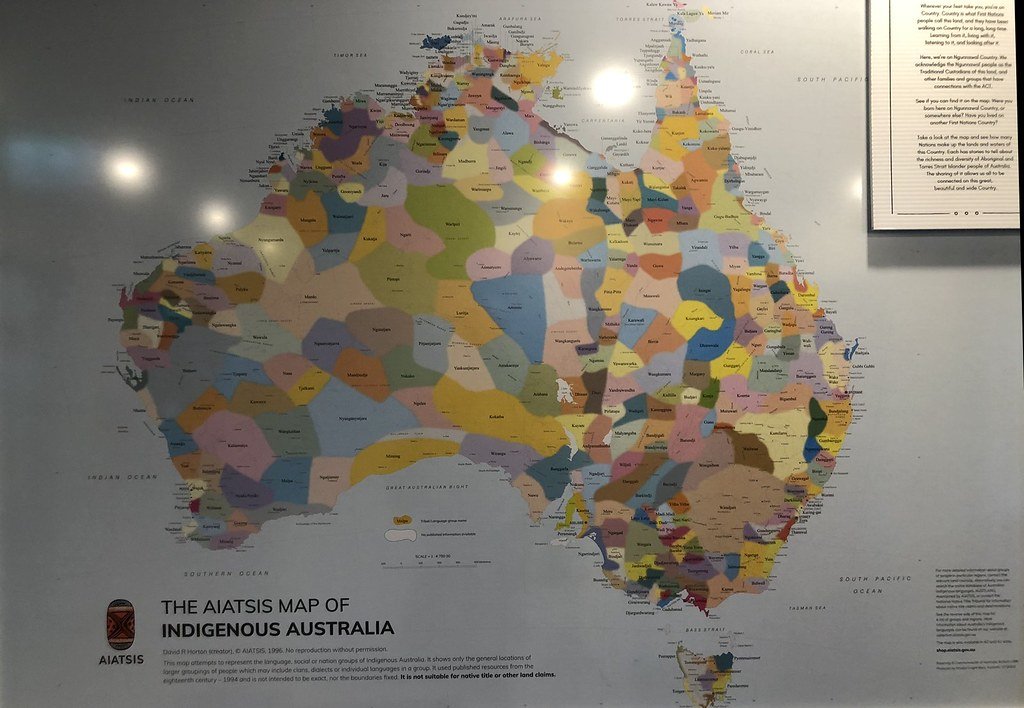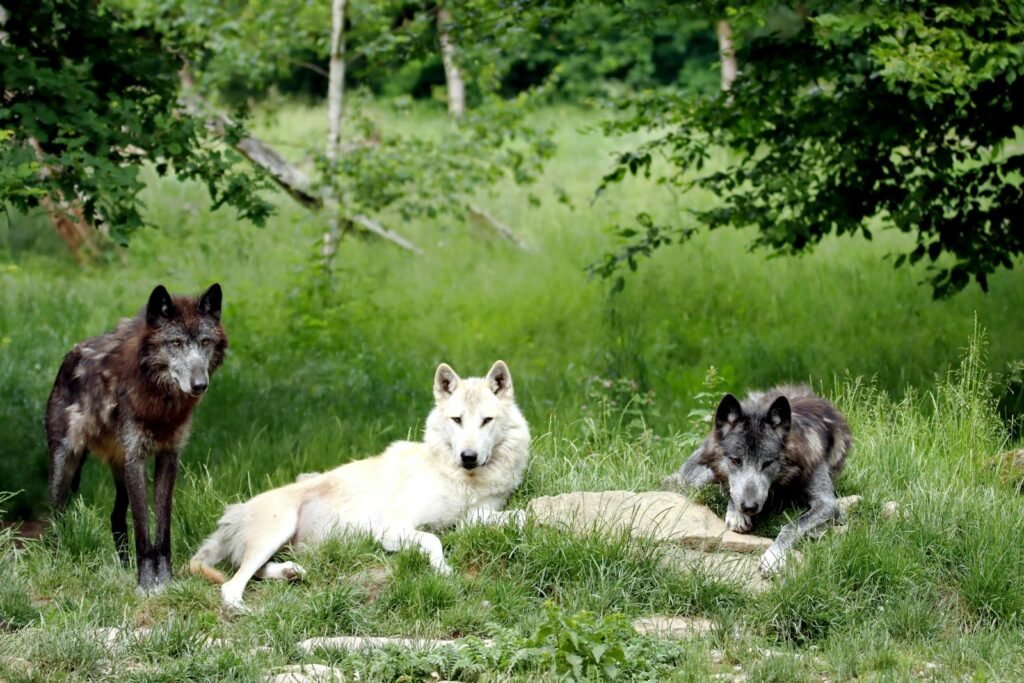Imagine standing atop a rugged mountain range, gazing at an ancient landscape that whispers stories older than any nation. Now, picture looking at a map and realizing the names you see—those neat, printed words—are not the names this land has always known. This is the startling reality for countless places worldwide: entire histories and identities have been quietly rewritten, sometimes erased, by colonial mapmakers. The consequences of these changes reach far beyond cartography, touching the very soul of communities and the stories they tell about the world. Yet, in recent years, a powerful movement has begun—one that is restoring Indigenous place names and, with them, a deeper connection to the land and its original peoples.
The Power of Place Names: More Than Just Words
Place names are not just labels; they carry the memories, songs, and teachings of generations. For Indigenous peoples, names often describe the land’s features, its spiritual significance, or the events that unfolded there. These names root communities to their environment, acting as living maps that guide, teach, and unite. When a name is erased or replaced, it’s not just a word lost—it’s a fragment of culture, language, and identity that disappears. This loss can be as disorienting as losing the stars in the night sky, making it harder for future generations to navigate both physically and spiritually.
Colonial Maps: Tools of Power and Erasure
The arrival of colonial powers brought more than new borders and rulers—they introduced new names for rivers, mountains, and entire regions. Mapmakers often ignored or deliberately replaced Indigenous names with those of European royalty, explorers, or foreign words. This was not a simple oversight. It was a deliberate act to assert control, rewrite history, and claim ownership over places that had rich histories long before colonizers arrived. The maps became tools of domination, erasing Indigenous presence and knowledge from the official record.
How Maps Shape Our Understanding of the World
Maps are powerful storytellers. They shape how we see the world and our place in it. When Indigenous names are omitted from maps, it sends a subtle but strong message: these people and their stories don’t matter, or worse, never existed. This erasure can make it harder for Indigenous communities to defend their rights to land, resources, and cultural heritage. It also deprives everyone else of the chance to learn from the deep wisdom encoded in these ancient names.
The Disconnection: When Names Disappear, So Does Knowledge
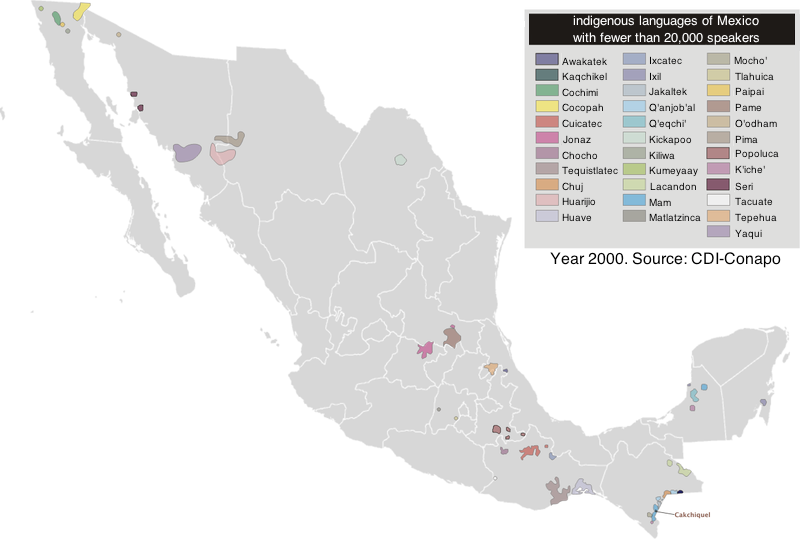
The loss of Indigenous place names can create a profound disconnection between people and the land. Many original names described practical information—such as where to find water, medicinal plants, or safe passageways—knowledge crucial for survival. Without these names, much of this ecological wisdom risks being forgotten. It’s like tearing pages from a guidebook that generations relied upon, leaving communities and outsiders alike less able to understand and respect the land’s true character.
Resurgence: The Movement to Restore Indigenous Names
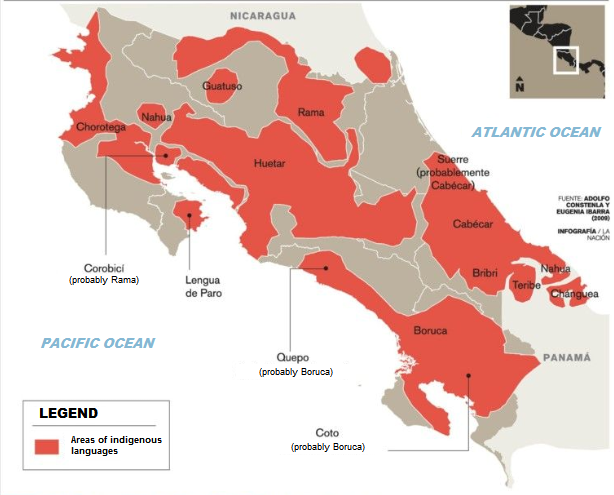
Today, a wave of change is sweeping across continents as Indigenous communities, activists, and allies push to return original names to their rightful places on maps. This movement is about more than correcting old mistakes—it’s about healing, reclaiming history, and strengthening identity. From New Zealand’s Aotearoa to Canada’s Nunavut and beyond, governments and organizations are working to recognize Indigenous names officially, sometimes alongside colonial ones, sometimes replacing them entirely.
Real-World Examples: Names That Returned Home
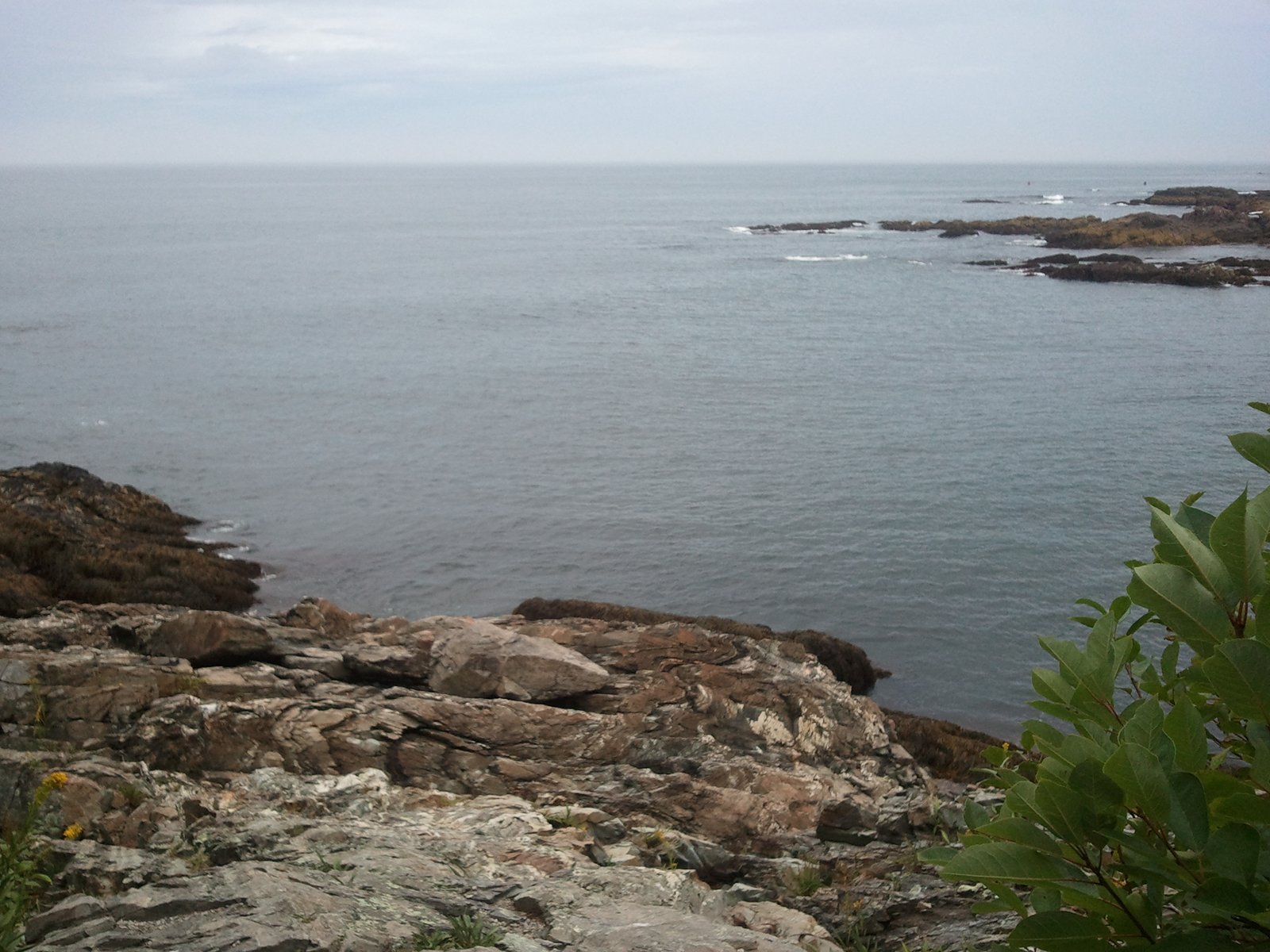
One inspiring example is the renaming of Mount McKinley in Alaska back to Denali, its Indigenous name meaning “the high one.” In Australia, many sites now carry dual names, such as Uluru/Ayers Rock, honoring both Indigenous and colonial histories. In Canada, the city of Iqaluit (meaning “place of many fish”) reclaimed its original Inuktitut name, replacing the colonial “Frobisher Bay.” These changes are more than symbolic; they signal respect, recognition, and a willingness to listen to the voices that were once silenced.
The Role of Science and Technology in Restoring Names
Modern technology is playing a surprising role in this revival. Digital mapping tools, satellite imagery, and open-source platforms allow communities to document and share their own place names. Scientists and linguists are working with Elders to record oral histories, ensuring that pronunciation, stories, and meanings are preserved for future generations. This combination of ancient wisdom and cutting-edge technology is helping to restore a more accurate and inclusive map of the world.
Challenges on the Road to Restoration

Restoring Indigenous names is not always straightforward. There may be disagreements over spelling, pronunciation, or even which name should be used when different groups have lived in the same place. Some governments and residents resist change, seeing it as an inconvenience or a threat to familiar identities. Yet, the benefits—cultural pride, reconciliation, and a richer understanding of history—far outweigh the challenges. Each success story helps to pave the way for others.
Why Restoring Names Matters for Everyone
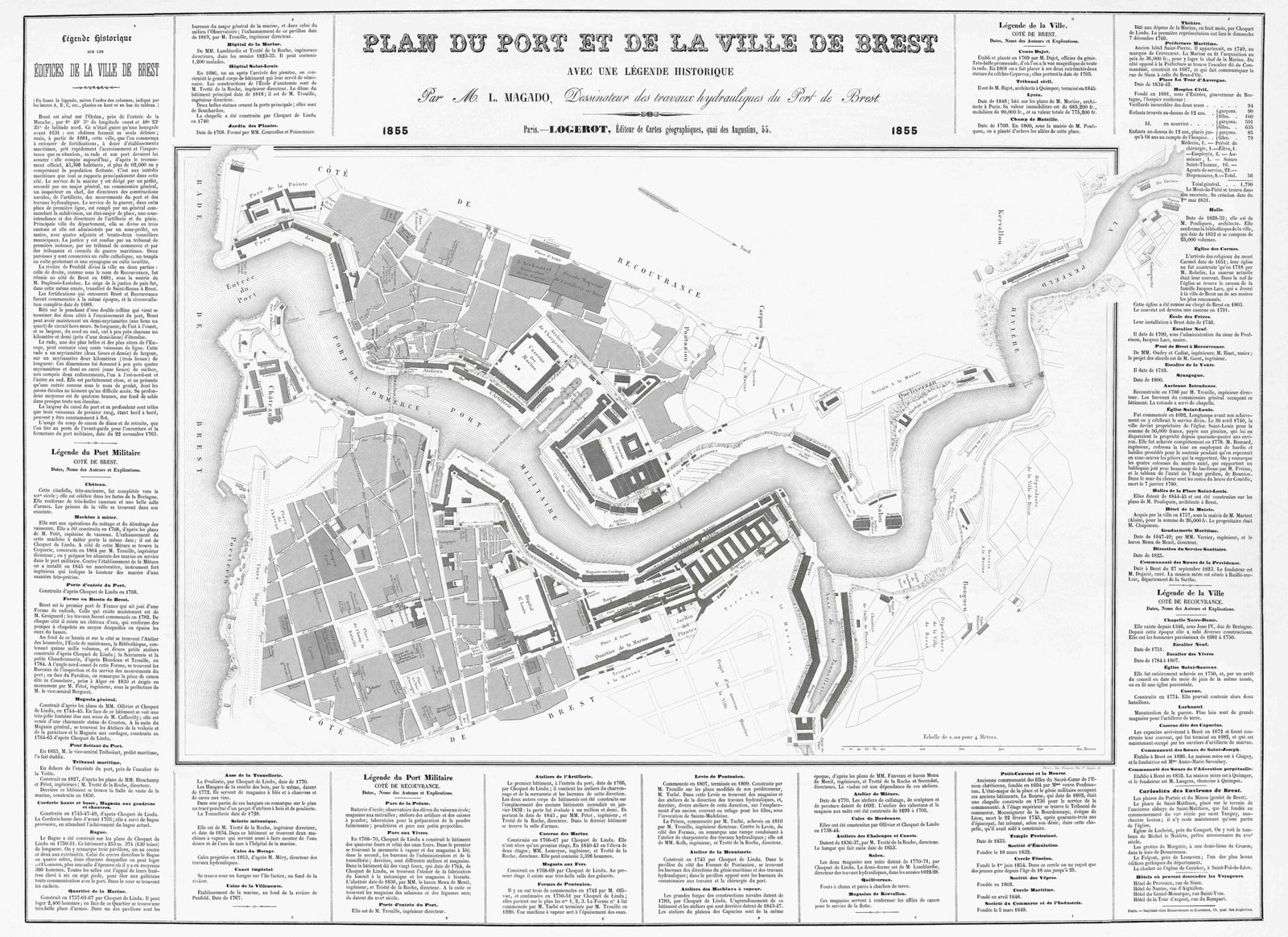
Bringing Indigenous names back to maps isn’t just about righting old wrongs—it enriches everyone’s understanding of the world. These names invite us to see places through different eyes, to appreciate the unique relationships that Indigenous peoples have developed with their environments over millennia. Restoring names also opens doors to learning endangered languages and reconnecting with ancient stories that might otherwise be lost. For nature lovers, scientists, and the simply curious, this is a chance to experience the planet in a deeper, more meaningful way.
The Ongoing Journey: What Lies Ahead
The journey to restore Indigenous place names is far from over. It’s a movement fueled by hope, resilience, and the belief that words have the power to heal as much as they can harm. As more voices join the call for recognition, maps are slowly becoming more truthful and inclusive. Each restored name is a step toward justice and a future where all stories are honored. The question remains: what other names, and the histories they carry, are waiting to be rediscovered?

